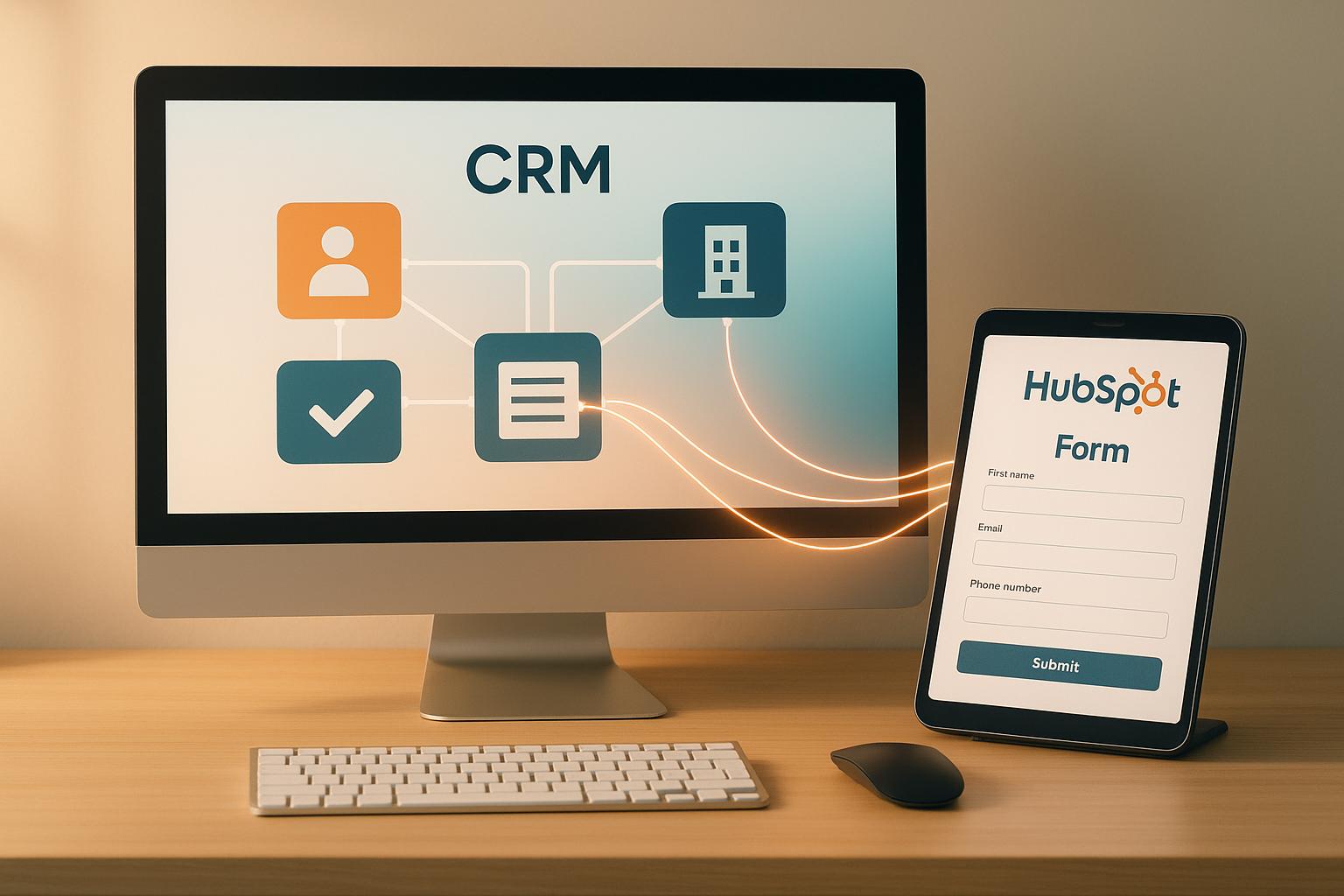Legal Risks of Ignoring Consent in Analytics

Key Takeaways:
- Massive Fines - GDPR fines can reach €20 million or 4% of global revenue; CCPA fines up to $7,500 per violation.
- Reputation Damage - Trust erosion, negative media coverage, and customer loss.
- Operational Disruptions - Data deletion, halted analytics, and process overhauls.
Quick Solutions:
- Implement Consent Systems - Use tools like Consent Management Platforms (CMPs) for tracking and managing user permissions.
- Train Staff - Educate employees on GDPR and CCPA compliance.
- Configure Analytics Platforms - Ensure data collection respects user consent.
- Communicate Clearly - Use simple, transparent language in privacy notices.
Why It Matters:
Consent isn’t just a legal requirement - it’s essential for maintaining trust, avoiding fines, and ensuring smooth business operations. Start prioritizing consent today to protect your business and your users.
Legal Consequences of Missing Consent
Financial Penalties Under Privacy Laws
Failing to secure proper consent in analytics can lead to severe financial repercussions. Under GDPR, businesses can be fined up to €20 million or 4% of their global annual revenue, whichever is greater. Meanwhile, the CCPA imposes penalties of $7,500 per intentional violation and $2,500 for unintentional breaches.
Recent enforcement cases highlight the seriousness of these regulations:
| Company | Violation | Fine |
|---|---|---|
| Meta | GDPR data transfer violations | €1.2 billion |
| Zoom | CCPA insufficient data protection | $85 million |
The financial impact is just one aspect - noncompliance also damages trust and disrupts operations.
Impact on Brand Trust
Beyond monetary fines, ignoring consent can seriously harm a company's reputation. Businesses risk damaged relationships with stakeholders, negative media coverage, and diminished customer loyalty. This can translate into reduced competitiveness, lower conversion rates, and increased costs to attract new customers. As awareness of data privacy grows, neglecting cookie consent or similar practices can tarnish a brand's image, making recovery even more challenging.
Technical and Process Disruptions
Poor consent practices don’t just harm reputations - they can also wreak havoc on analytics and operations. Regulatory authorities may demand an immediate halt to non-compliant data collection, leading to significant disruptions.
Here are some of the key operational impacts:
- Data Quality Issues - Without proper consent, analytics data becomes unreliable. Companies may be required to delete historical data, leaving gaps in reporting and analysis.
- Process Overhauls - Businesses might need to redesign data collection systems, pause analytics activities, reallocate resources, and train employees on updated procedures.
- Business Intelligence Interruptions: Consent violations can force companies to stop critical analytics processes, cutting off access to valuable insights that drive decision-making.
The combination of financial penalties, reputational harm, and operational challenges underscores the importance of a strong consent management strategy.
Solutions for Consent Management
Setting Up Consent Systems
Having a reliable consent management system is critical for running analytics operations within legal boundaries. For instance, businesses that implement Consent Management Platforms (CMPs) have managed to lower their legal risk exposure by as much as 65%, all while continuing to collect necessary data.
Here are the essential components of an effective consent system:
| Component | Purpose | Implementation Priority |
|---|---|---|
| Consent Banner | Clearly informs users about data collection practices | High |
| Preference Center | Allows users to manage their consent choices | High |
| Consent Database | Safely stores and tracks user preferences | Medium |
| Script Management | Controls the conditional loading of analytics tools | Medium |
| Audit Trail | Keeps a detailed record of consent activities | High |
These components work together to make first-party data collection efficient and compliant.
First-Party Data Collection Methods
As privacy regulations tighten, collecting first-party data has become more important than ever. Tools like Reform's form builder help businesses create user-friendly data collection interfaces equipped with built-in consent features. These features ensure transparency while also boosting conversion rates.
One effective strategy is progressive profiling. This approach focuses on gathering only the most essential user information during initial interactions, then gradually expanding user profiles over time - always with explicit permission. This method not only supports compliance but also improves user retention.
Consent Tracking and Documentation
Keeping accurate records of user consent is a cornerstone of both regulatory compliance and legal protection. A great example of this is The New York Times, which overhauled its consent management system from January to April 2024. This update saved the company $1.2 million annually in compliance costs by maintaining detailed records, including timestamps, privacy notice versions, and user preferences.
Another success story comes from Cisco Systems. Their custom-built consent management solution led to a 76% drop in privacy complaints and achieved a 99.7% compliance rate. They accomplished this through real-time consent verification and automated audit processes.
To stay ahead, make sure your consent records are precise, regularly updated, and easily accessible for regulatory reporting. These practices not only ensure compliance but also build trust with your users.
GDPR Fines Uncovered: Navigating Data Privacy Penalties
sbb-itb-5f36581
Consent Management Guidelines
Effective consent tracking is just the beginning. To ensure full compliance, organizations need to establish internal practices that include staff training, proper technical configurations, and clear communication with users.
Staff Training for Privacy Compliance
Training employees is a key step in maintaining privacy compliance. Create programs that cover essential legal frameworks like the CCPA and GDPR, teach staff how to configure analytics tools based on user consent, and emphasize clear communication with users. This equips your team to manage user data responsibly and address any compliance concerns with confidence.
Once your team is trained, the next step is to configure your analytics platforms to align with these practices.
Analytics Platform Configuration
Your analytics platforms should respect user preferences from the very first interaction. Reform's analytics tools, for example, allow data collection to be paused until explicit consent is given. Here’s how to set up your systems:
- Enable Consent Mode - Ensure data collection doesn’t begin until users explicitly provide their consent.
- Set Up Data Retention Policies - Automate the deletion or anonymization of data once consent expires or is withdrawn.
- Establish Audit Trails - Keep detailed records of consent changes and user preferences to support audits and meet regulatory requirements.
These steps help minimize the risk of fines and protect your organization’s reputation.
Clear Communication with Users
Transparency is critical when it comes to gaining user trust. Use straightforward language in privacy notices and consent requests to explain what data you’re collecting, why it’s needed, and how it will be used. Visual aids and interactive tools can make the process even easier for users to understand and manage their consent preferences.
Reform’s form builder supports these efforts by offering customizable consent fields, allowing businesses to meet compliance standards while also improving user engagement.
Conclusion
Navigating the legal challenges of analytics consent is becoming more demanding as regulations tighten. Recent hefty fines, such as Amazon's $803 million and WhatsApp's $242 million penalties for GDPR violations, highlight the serious consequences of neglecting consent requirements. Beyond the financial strain, these penalties can disrupt essential business operations, creating ripple effects throughout an organization.
The impact of non-compliance extends far beyond monetary losses. Investigations often compel companies to halt data collection and analytics processes, which can severely hinder their ability to gather insights and make informed decisions. For instance, British Airways faced a £20 million fine, a stark reminder that the costs of non-compliance can far exceed the investment required for proper consent management.
To reduce these risks, businesses must adopt thorough consent management strategies. As covered earlier, tools like Reform’s platform simplify consent tracking while ensuring compliance. Prioritizing clear communication with users and implementing robust consent systems not only helps protect against legal challenges but also strengthens trust with customers.
As privacy laws continue to evolve and enforcement becomes stricter, companies that focus on transparent, consent-based data practices will be better positioned for long-term success. By committing to these principles and leveraging the right tools, businesses can navigate the regulatory landscape confidently, safeguard user privacy, and foster stronger relationships with their audience.
FAQs
What makes an effective consent management system, and why is it crucial for analytics?
An effective consent management system is crucial for businesses to handle user consent in a way that aligns with privacy laws like GDPR and CCPA. It involves several key elements: presenting clear consent requests, maintaining detailed records, and giving users the option to modify or withdraw their consent whenever they choose.
These practices aren't just about legal compliance - they're about protecting your business from potential fines and fostering trust with your users. When you show a commitment to privacy and transparency, you demonstrate respect for user data, which can strengthen your brand's reputation. Plus, prioritizing consent management ensures your data analytics are grounded in ethical practices.
What steps can businesses take to ensure their analytics tools comply with user consent requirements?
How to Ensure Compliance with User Consent Requirements
To meet user consent requirements, businesses need to focus on transparency and implement effective consent management strategies. Start by clearly explaining to users what data you’re collecting, why you’re collecting it, and how it will be used. Make sure they also understand their rights, including the ability to opt in or out. Use consent banners or forms that are simple, straightforward, and easy to access.
It’s also a good idea to use tools or platforms designed for consent tracking and management. These tools help ensure that user preferences are honored throughout their experience with your business. On top of that, regularly audit your analytics setup to make sure it complies with privacy regulations like GDPR or CCPA. As privacy laws evolve, be ready to update your practices to stay compliant.
Not only do these steps help you avoid legal trouble, but they also go a long way in building trust with your audience. When users see that you value their privacy, it strengthens their confidence in your brand.
How can businesses reduce the risk of reputational harm when handling user consent in analytics?
To protect your business's reputation, it's crucial to focus on transparency and staying compliant when handling user consent. Make sure to clearly outline how you collect, store, and use user data. This information should be easy to find and written in simple, straightforward language. Regularly review your consent processes to ensure they meet the latest regulations, like GDPR or CCPA. Also, put strong data protection measures in place to keep user information secure.
Consider using tools that simplify consent management and offer real-time analytics to track compliance. Showing a strong dedication to ethical data practices not only helps safeguard your reputation but also builds trust with your users over time.
Related posts
Get new content delivered straight to your inbox

The Response
Updates on the Reform platform, insights on optimizing conversion rates, and tips to craft forms that convert.
Drive real results with form optimizations
Tested across hundreds of experiments, our strategies deliver a 215% lift in qualified leads for B2B and SaaS companies.





